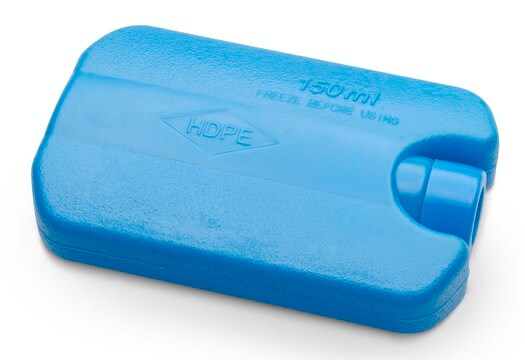634875
Óxido de alúmina
single crystal substrate, <0001>
Sinónimos:
Alúmina
About This Item
Productos recomendados
description
Crystallographic D spacing ((0001) - c plane: 2.165 Angstrom)
Crystallographic D spacing ((1011) - s plane: 1.961 Angstrom)
Crystallographic D spacing ((1040) - m plane: 1.375 Angstrom)
Crystallographic D spacing ((1102) - r plane: 1.740 Angstrom)
Crystallographic D spacing ((1120) - a plane: 2.379 Angstrom)
Crystallographic D spacing ((1123) - n plane: 1.147 Angstrom)
single side polished
Quality Level
form
single crystal substrate
hardness
9 mohs
L × W × thickness
10 mm × 10 mm × 0.5 mm
mp
2040 °C (lit.)
semiconductor properties
<0001>
SMILES string
O=[Al]O[Al]=O
InChI
1S/2Al.3O
InChI key
TWNQGVIAIRXVLR-UHFFFAOYSA-N
¿Está buscando productos similares? Visita Guía de comparación de productos
Categorías relacionadas
Features and Benefits
Physical properties
Physical form
Storage Class
13 - Non Combustible Solids
wgk_germany
nwg
flash_point_f
Not applicable
flash_point_c
Not applicable
ppe
Eyeshields, Gloves, type N95 (US)
Elija entre una de las versiones más recientes:
¿Ya tiene este producto?
Encuentre la documentación para los productos que ha comprado recientemente en la Biblioteca de documentos.
Artículos
Since the demonstration of the first practical solar cell 60 years ago, research on novel materials, improved solar cell design and structure, and innovative manufacturing processes have all contributed to a continuous increase in the efficiency of photovoltaic (PV) devices.
A hard disk drive (HDD) is a data storage device that stores digital information by magnetizing nanosized magnets on flat disks and retrieves data by sensing the resulting magnetic field.
Building and Engineering Micro/Nano Architectures of Single-Walled Carbon Nanotubes for Electronic Applications
Spin-based electronic (spintronic) devices offer significant improvement to the limits of conventional charge-based memory and logic devices which suffer from high power usage, leakage current, performance saturation, and device complexity.
Global Trade Item Number
| Número de referencia del producto (SKU) | GTIN |
|---|---|
| 634875-1EA | 4061832722184 |
| 634875-5EA | 4061832722191 |
Nuestro equipo de científicos tiene experiencia en todas las áreas de investigación: Ciencias de la vida, Ciencia de los materiales, Síntesis química, Cromatografía, Analítica y muchas otras.
Póngase en contacto con el Servicio técnico




